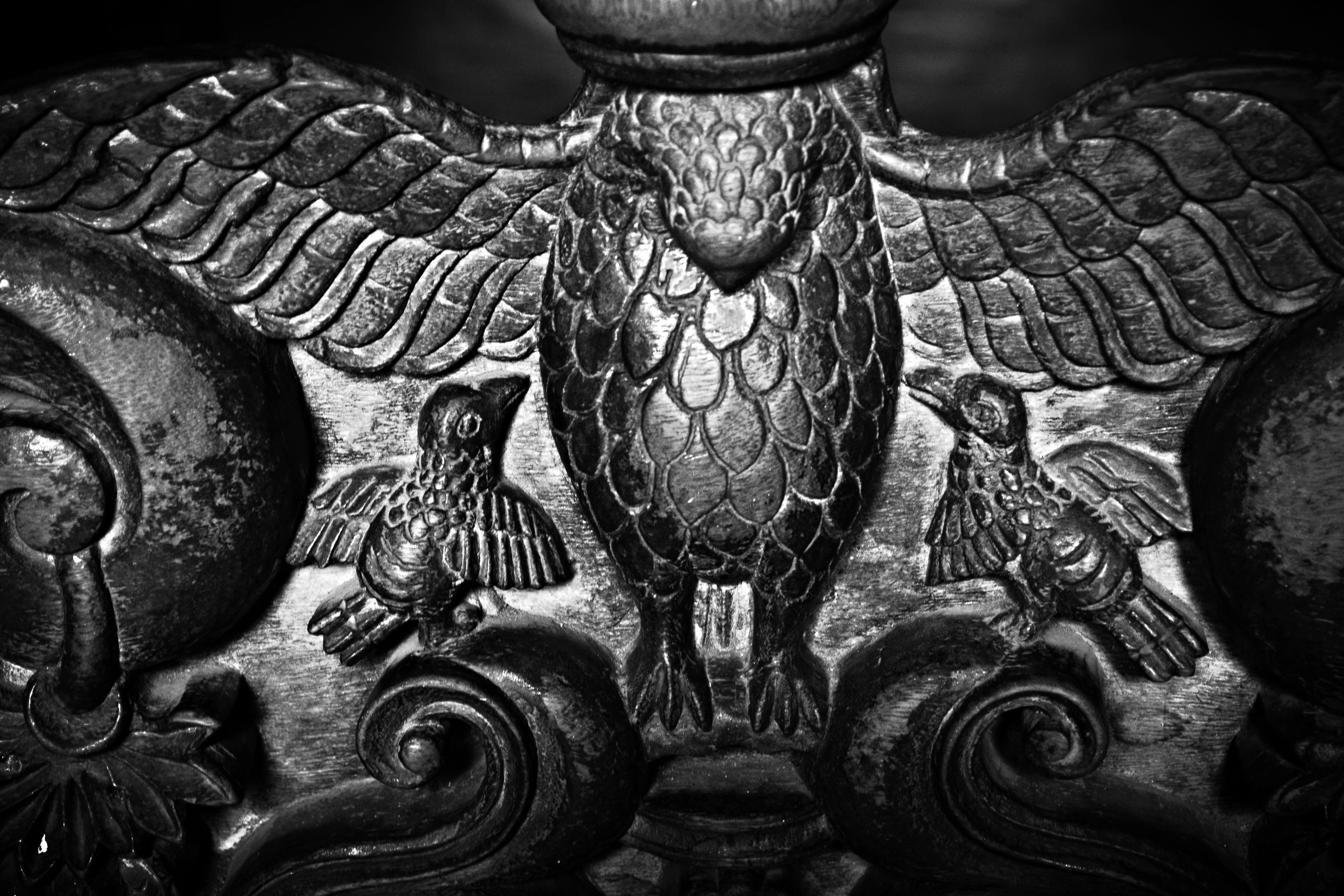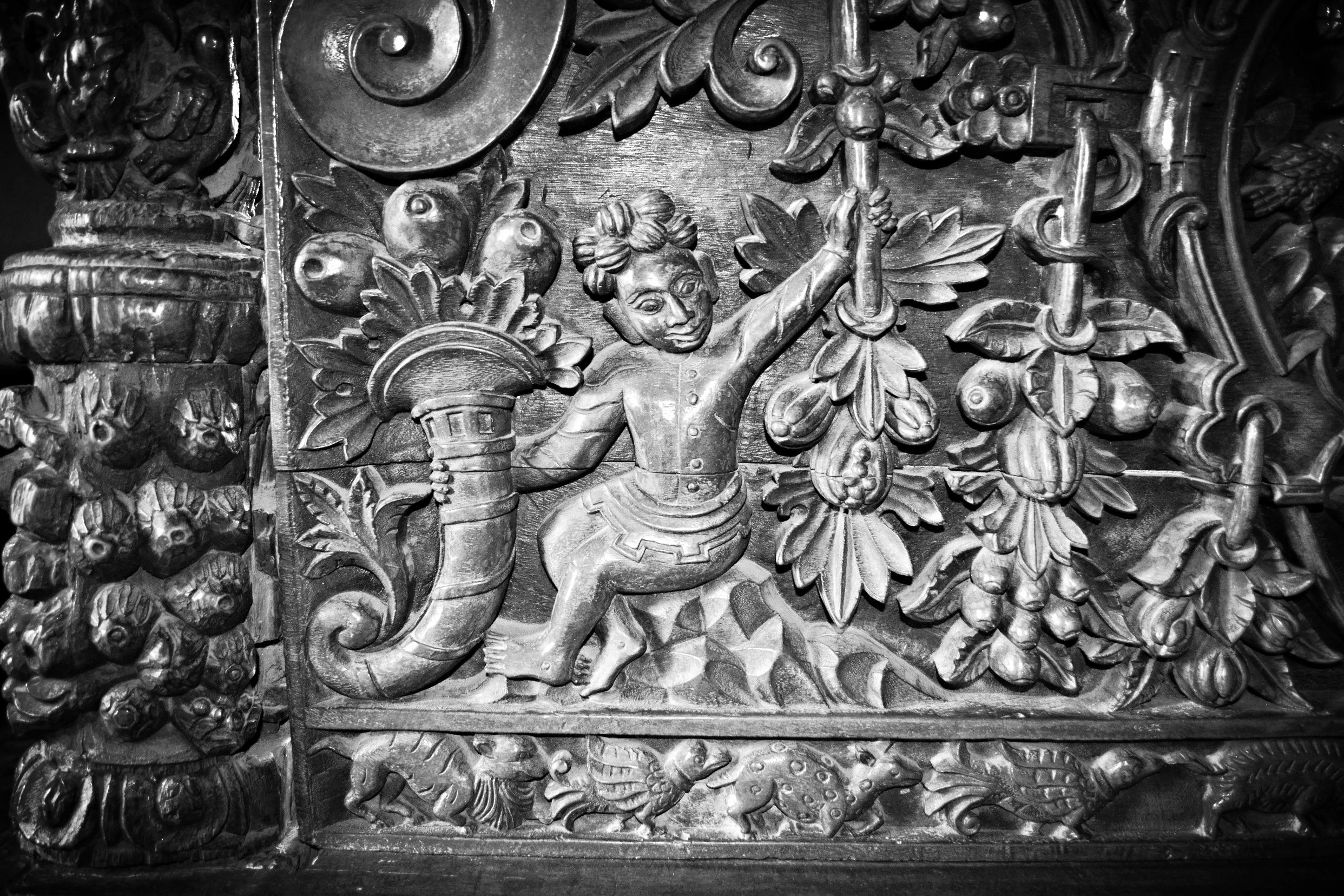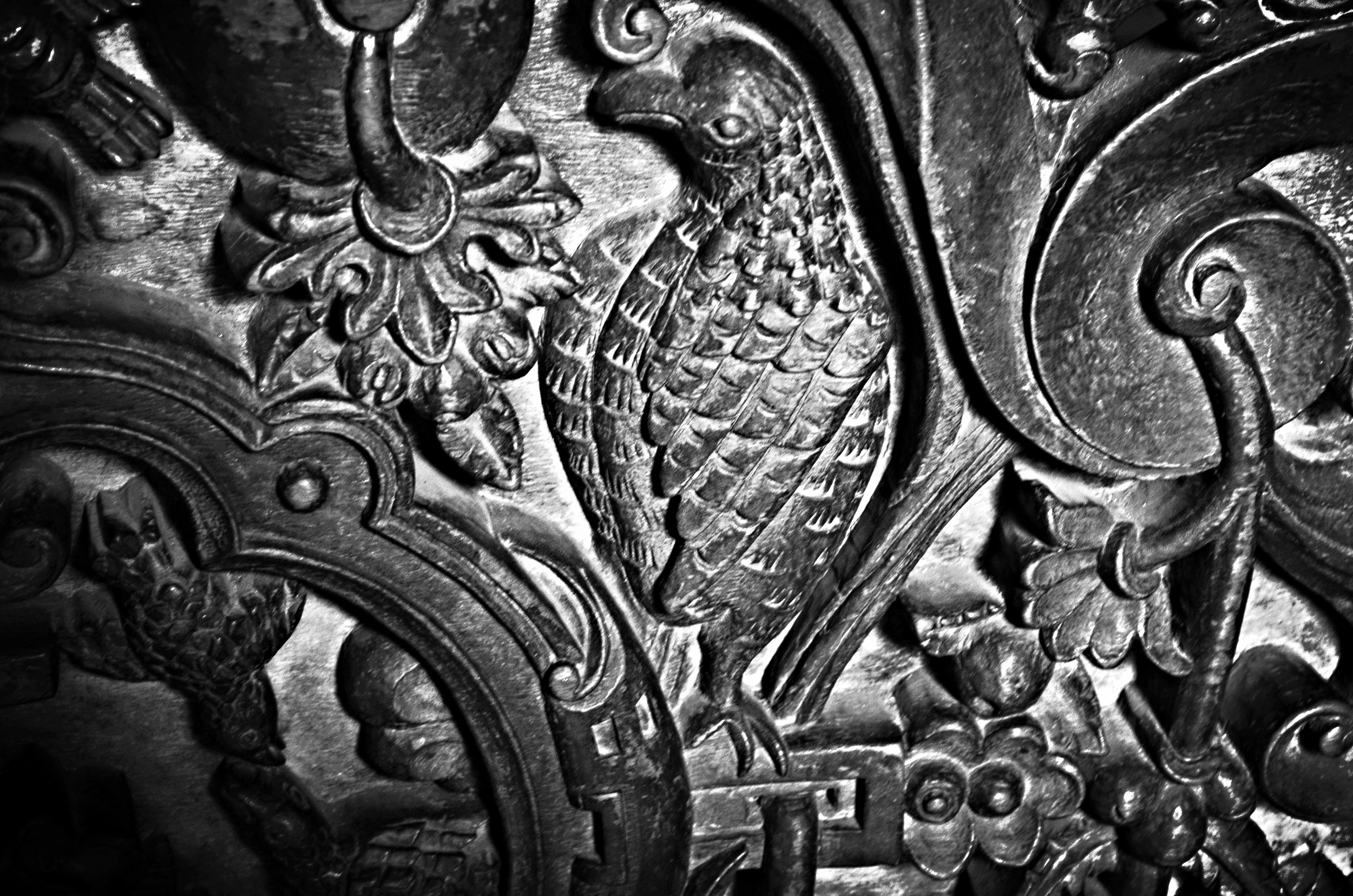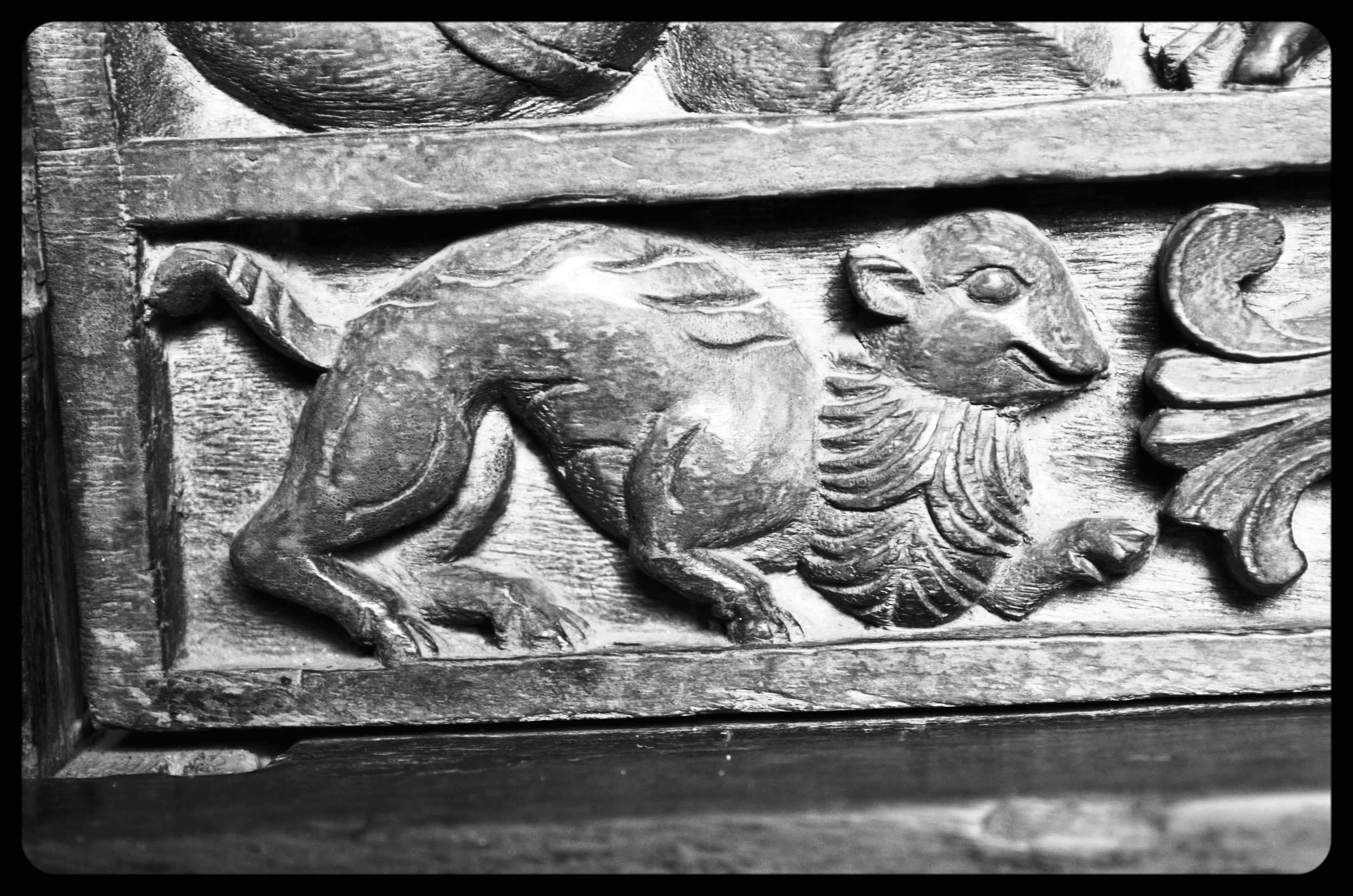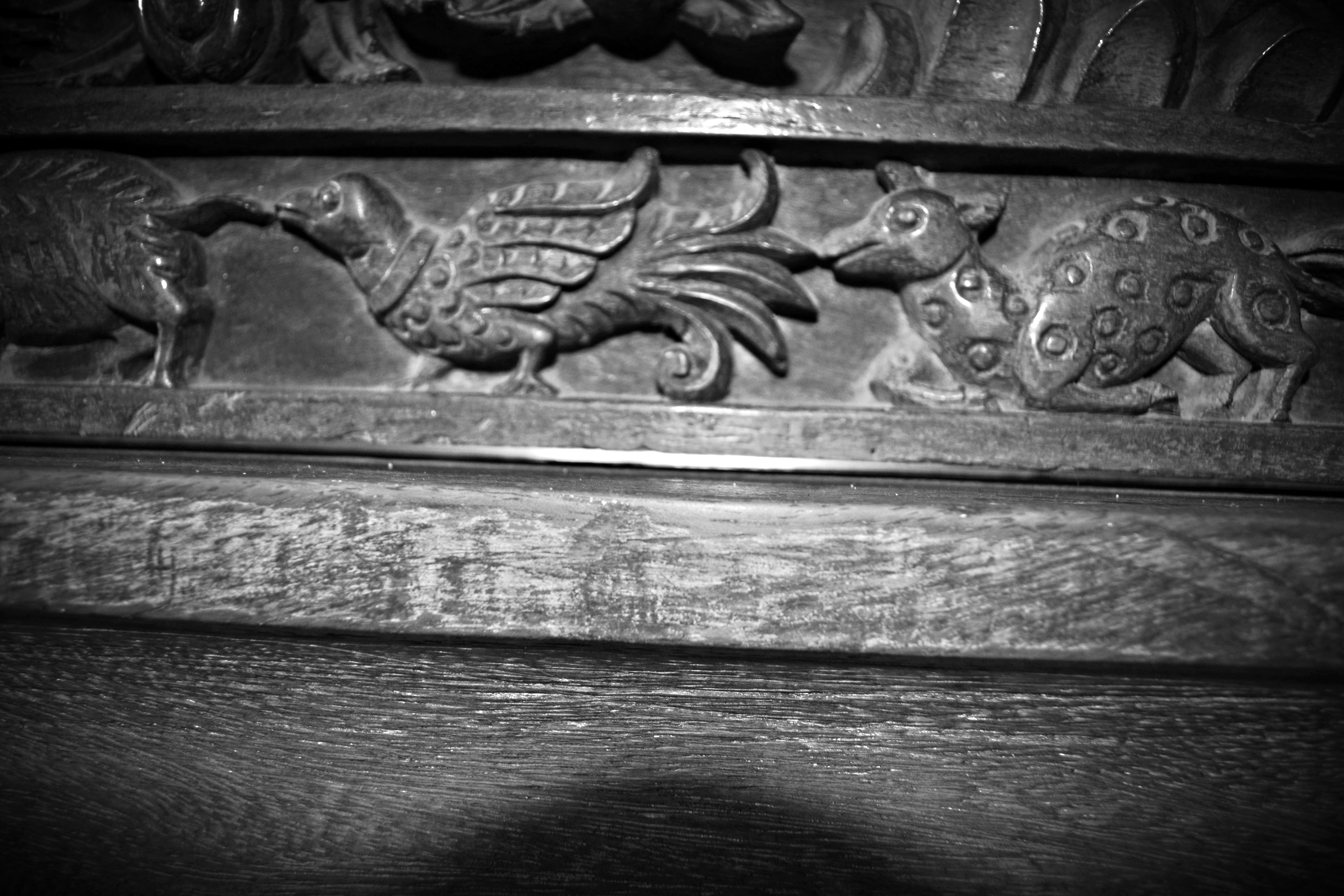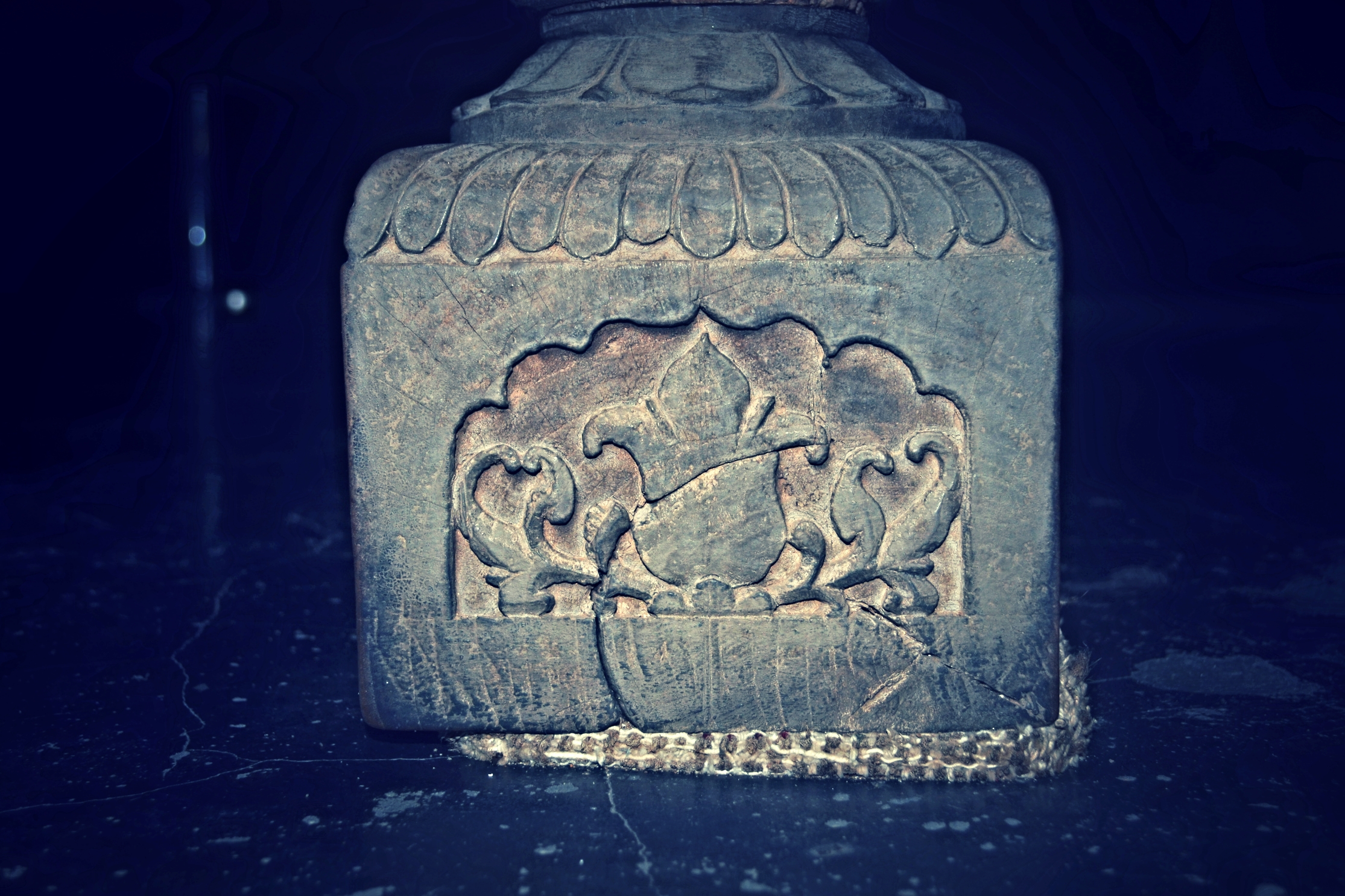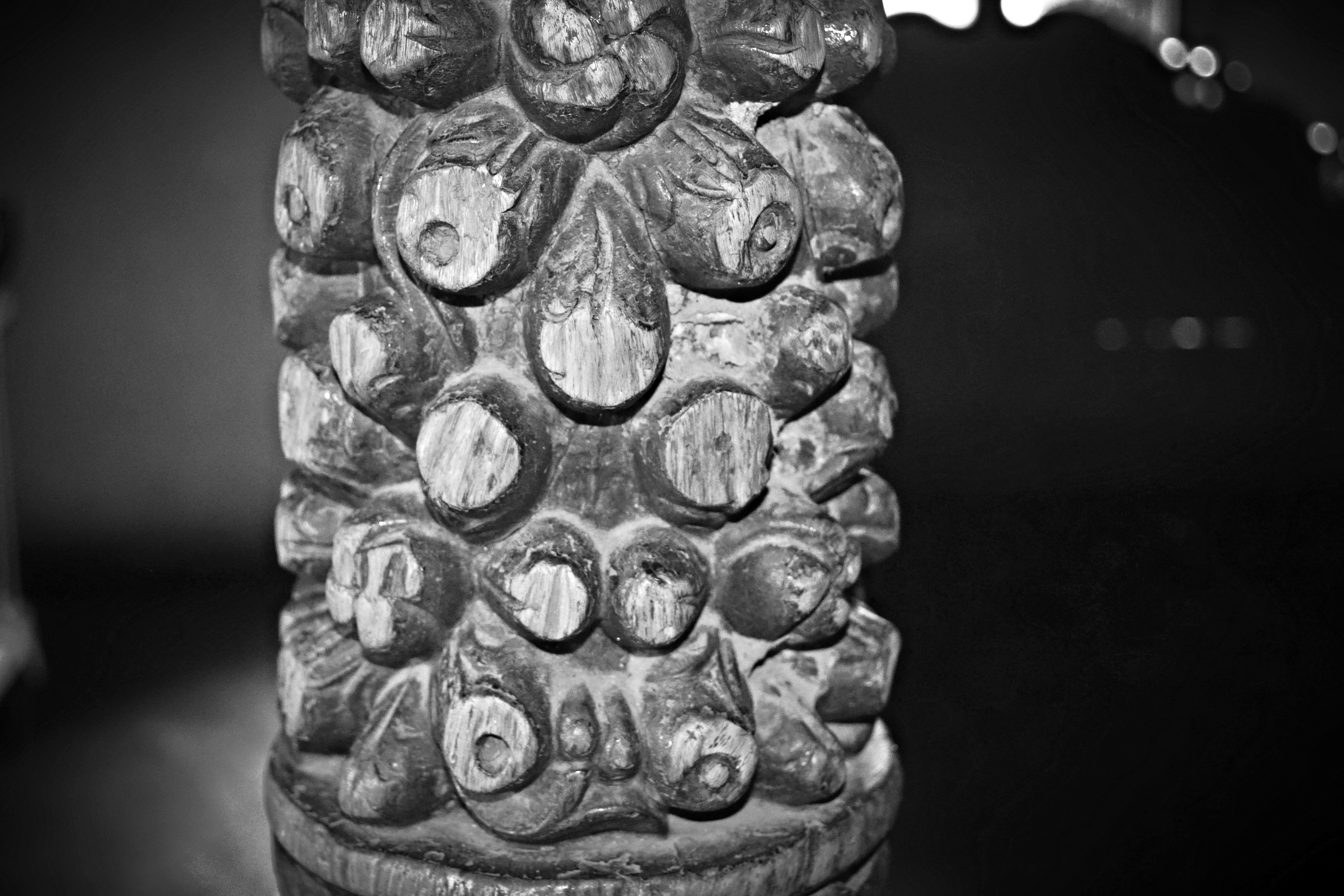The few records at the Kerala State Archives on Travancore’s dealings with tobacco demonstrates the changes from late-eighteenth century to mid-to-late-nineteenth century in the significance of tobacco as a, at first, an agricultural import, and later as a staple commodity in the state.
The earliest recorded mention of tobacco (m. pukayila), literally, the leaf that can be smoked, in the Kerala State Archives in Thiruvananthapuram is from the year 1786 during Karthika Thirunal Rama Varma’s reign (r. 1758-1798). The 1780s were a momentous decade for Travancore: attacked thus far from the south by the Nawab of Arcot, a new threat had developed from the North, the state of Mysore under Haider Ali and his son, Tipu Sultan. (Read more about Tipu Sultan’s attack on Travancore here.) Trade was thus more and more important to Travancore as it was forced to defend both its southern and northern borders. Perhaps because of the need for commodity crops, tobacco suddenly appears in Travancore records as a key trading commodity starting in the 1780s.
In 1786, wholesale warehouses (pandakashaala) that sold tobacco existed across south Travancore including the capital where the warehouse was based near the stables. Other warehouses that sold tobacco could be found in Paravur and Vizhinjam. The profits from these were handled and deposited to the treasury by Marthanda Shankaran, possible the collector, and Kumara Saamy Shivan, an official of the treasury.
There’s a distinct possibility that up until the 1820s, tobacco was largely important from Ceylon (Sri Lanka) into Travancore for as late as 1825, Travancore is in communication with the Ceylonese government about tobacco trade. It is only in 1827 that the first mention of tobacco as a crop that requires cultivation is seen in the records: an udambadi (treaty) is pronounced by the crown about cultivating tobacco in Travancore. Another document in 1829 discusses the tobacco plant in greater detail. Perhaps the demand of tobacco went further up after this decade for in 1830, there is once again discussion of importing tobacco from Ceylon.
Between 1830 and 1860, there I found no records of tobacco crop or trade at the archives. But in 1860, a Neettu (court document) decrees that the profit from tobacco trade is to be used towards funding education in the state. We can infer from this that tobacco trade in Travancore was thriving throughout early-to-mid-nineteenth century. However, it seems that by the 1860s, tobacco trade was not directly conducted with Ceylon. A tattered document from 1863 suggests that tobacco import now happened via Kochi and not Ceylon.
The brief summary of tobacco here connects the coastal routes by which trade in commodity crops took place in Malabar in the eighteenth and nineteenth centuries. It also highlights Travancore’s commitment to education in the 1860s during Ayilyam Thirunal Rama Varma’s reign.
The information here is sourced from the following records at Kerala State Archives, Thiruvananthapuram:
Neettus:
Vol. 3, Page 29, 1786 CE
Vol. 18, Page 82, 1825 CE
Vol. 93, Page 30, 1827 CE
Vol. 21, Page 350, 1829 CE
Vol. 20, Page 130, 1830 CE
Vol. 67, Page 35, 1860 CE
Vol. 70, Page 25, 1863 CE
*Some of these records are incomplete


